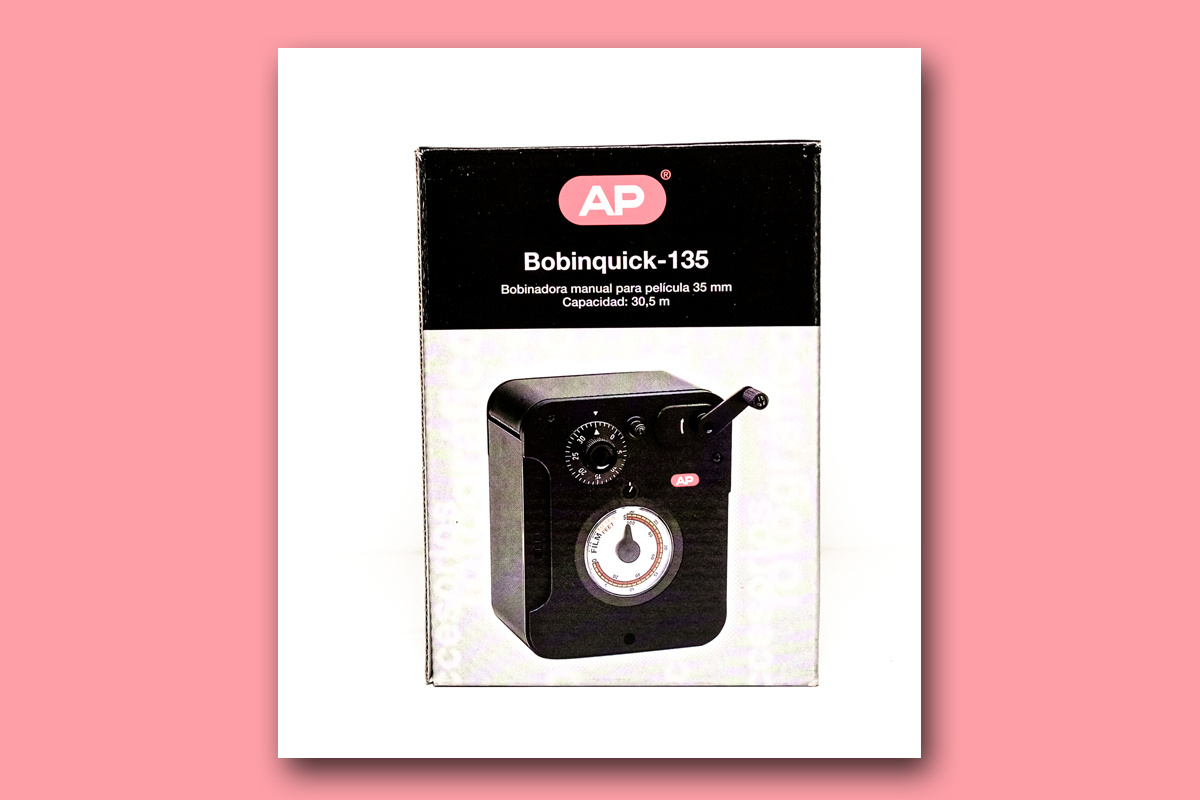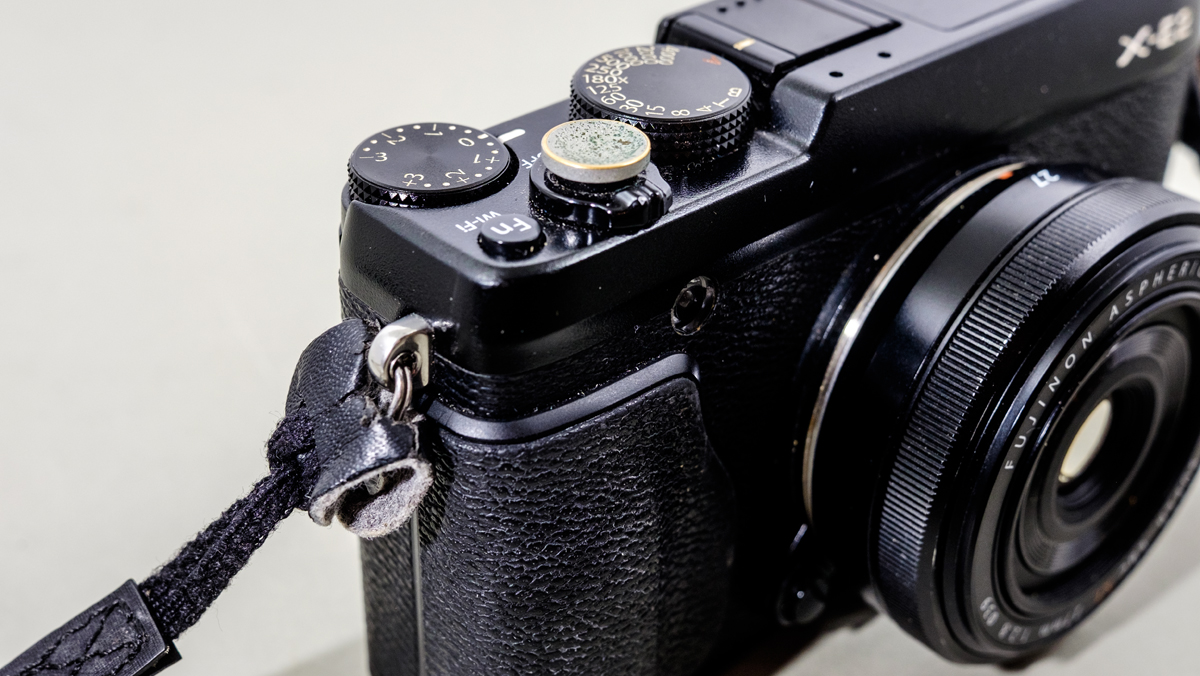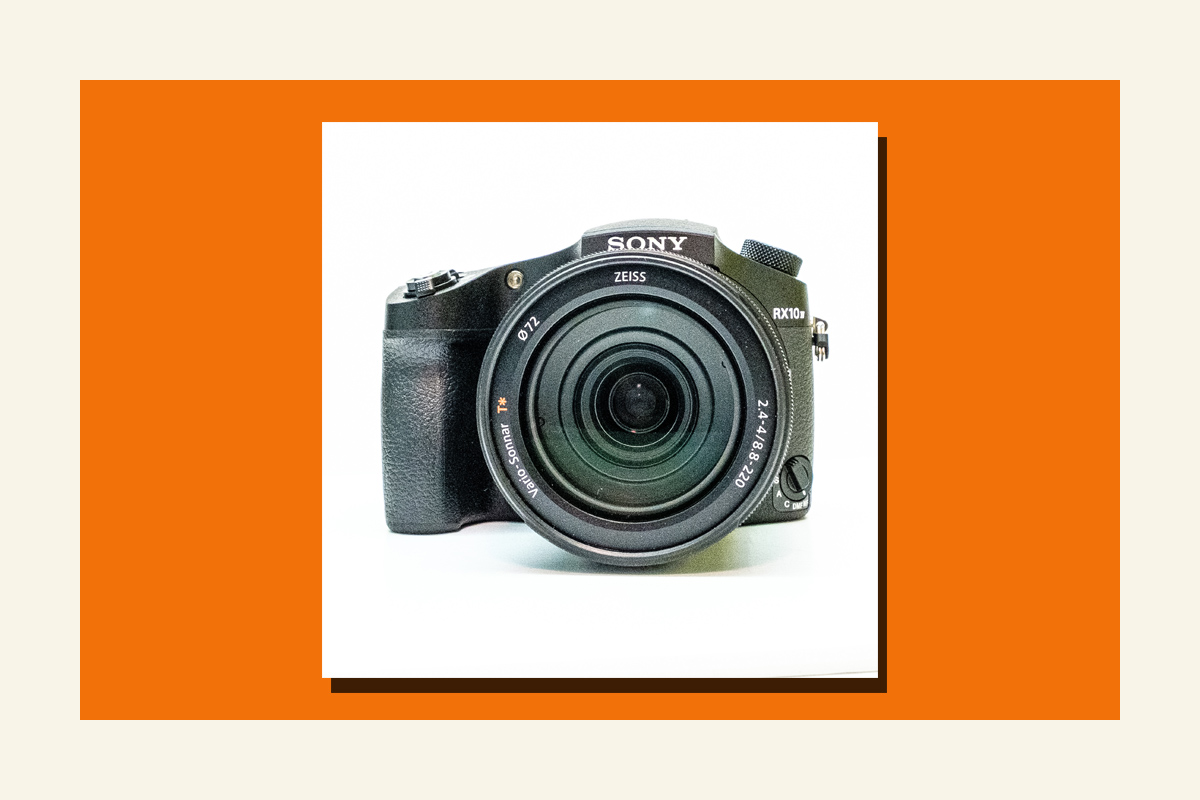29 Apr Hands On Finally – The Nikon Z-fc
It's been a long time since I first saw the announcements about the Nikon Z-fc camera - and since I watched Michael Phillips juggle three dummy demonstration bodies at a photo trade fair. I've looked at the dummy cameras in Murray Street and Stirling street since...












